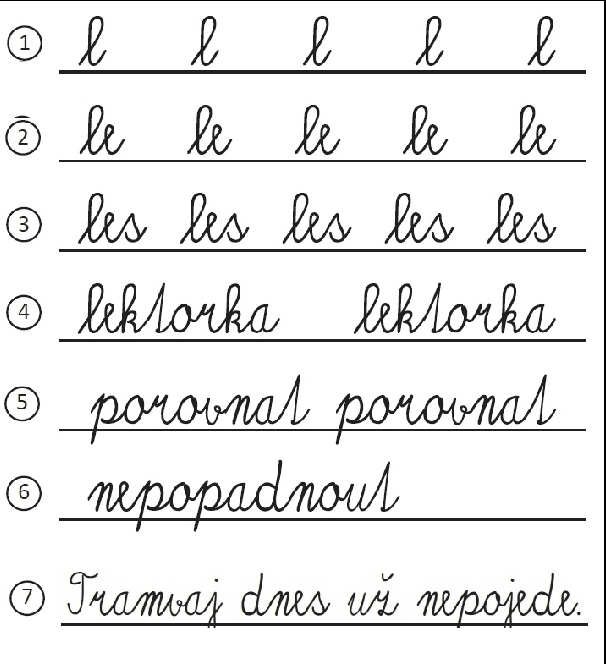Contribution of Different Handwriting Modalities to Differential Diagnosis of Parkinson's Disease
Paper and Code
Mar 18, 2022



In this paper, we evaluate the contribution of different handwriting modalities to the diagnosis of Parkinson's disease. We analyse on-surface movement, in-air movement and pressure exerted on the tablet surface. Especially in-air movement and pressure-based features have been rarely taken into account in previous studies. We show that pressure and in-air movement also possess information that is relevant for the diagnosis of Parkinson's Disease (PD) from handwriting. In addition to the conventional kinematic and spatio-temporal features, we present a group of the novel features based on entropy and empirical mode decomposition of the handwriting signal. The presented results indicate that handwriting can be used as biomarker for PD providing classification performance around 89% area under the ROC curve (AUC) for PD classification.
 Add to Chrome
Add to Chrome Add to Firefox
Add to Firefox Add to Edge
Add to Edge